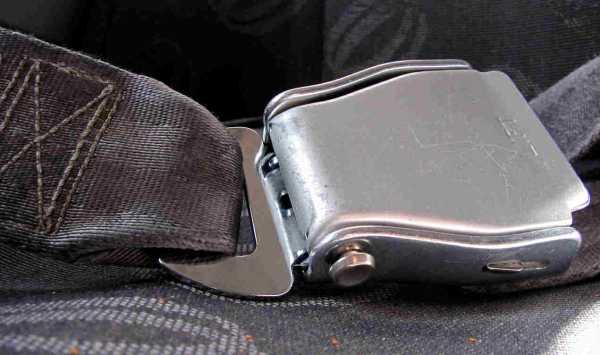There are a lot of things a lot of people will tell you about owning your first car. Here’s one of the hard truths: you’re going to make mistakes. Even if you’re an adult who has waited years, and approach car owners with the proper gravity, you’re going to do the wrong thing at the wrong time at some point. You’ll park in the wrong spot, you’ll accidentally speed, you’ll get flat tires, you’ll have fender-benders, you can even mount a debt when buying a new car —the list goes on. Sometimes you get in an accident that isn’t your fault, but which experience would have helped you to avoid.
With these things in mind, it’s wise to start out with a used vehicle. You can bang up a used car without hurting yourself too bad financially. In fact, considering the complication of financing, it might be best to go used as a matter of policy until you can afford to buy a vehicle outright. Additionally, several more considerations for first-time car owners will be explored.
Prepare For Emergencies
You want to have an emergency kit in your car. This should include jumper cables, water, means of starting a fire, road flares, and means of contacting help. A CB radio is a good emergency measure if you live remotely. Also, you want some food that will keep just in case. Blankets and emergency clothing are a good idea as well, as is a cutting implement. Here’s a list of emergency kit materials from the DMV that’s a bit more in-depth.
If the vehicle you’re looking at is a great deal, but doesn’t include a towbar, you might want to get one of those as well. Towbars allow you to tow those in distress, and if you get in a difficult position, having an additional reliable point of contact can make getting you out much easier.
Also, you can tow boats, trailers, and campers—depending on the strength of your vehicle. Speedy Towbar’s selection of towbars will fit most makes and models. Should your first vehicle not come with one, options like this can help you properly accessorize.
Simulate Dangerous Travel Conditions
Rain can cause a vehicle to hydroplane. Snow can take away your ability to steer and send you into a ditch. Ice can manifest even if it doesn’t snow, when conditions are right. Spills, mud, wildlife—there are a lot of obstacles out there. Many you can’t prepare for; you can just rehearse what’s known about such situations, and ready your mind to do the right thing.
For example, if you do have an animal jump out in front of you, swerving isn’t a good idea. You could veer into other traffic, or send your vehicle into an out-of-control roll. Depending on your velocity when you encounter the animal, you may need to speed up or slow down; but in neither scenario is swerving a good idea.
You may be able to get away with a swerve once or twice by providence, but it’ll be the exception rather than the rule. If a kangaroo jumps in front of you, it may be best to just hit the animal, harsh as that sounds.
Learning As You Go
Your first car will be a learning experience. Take good care of it, ensure you’re insured, buy used, think out emergency situations to the point of supervised simulation if feasible, and prepare for emergencies.
It’s better to have these things and not need them, than to need them and not have them. Some lessons are only learnable through their direct experience. Your first car is likely to feature many learning opportunities of this variety.

